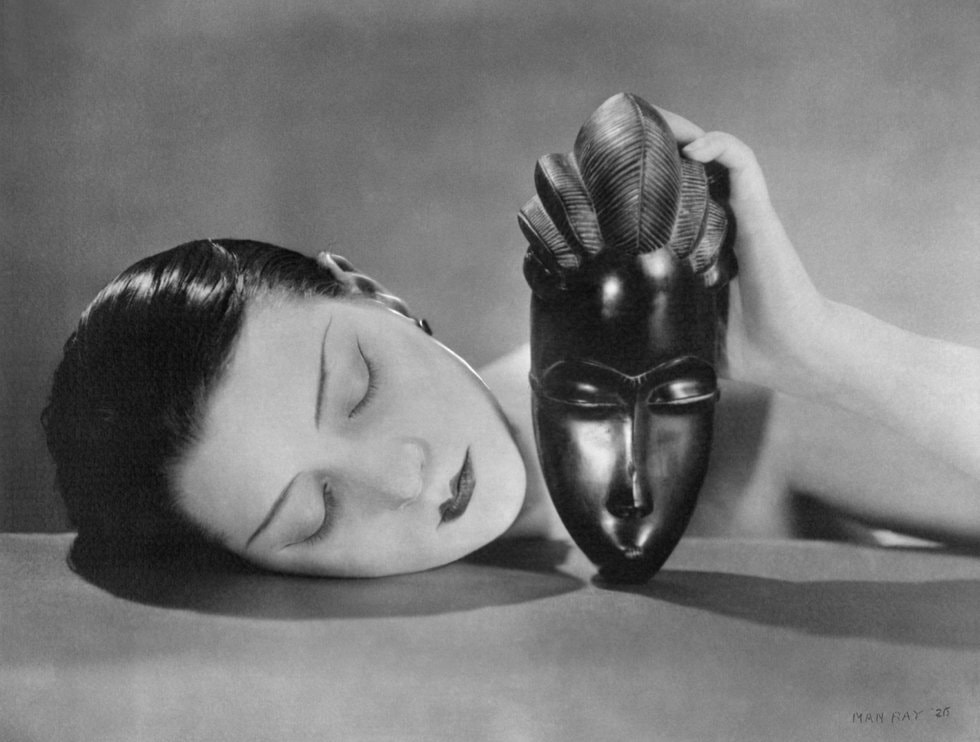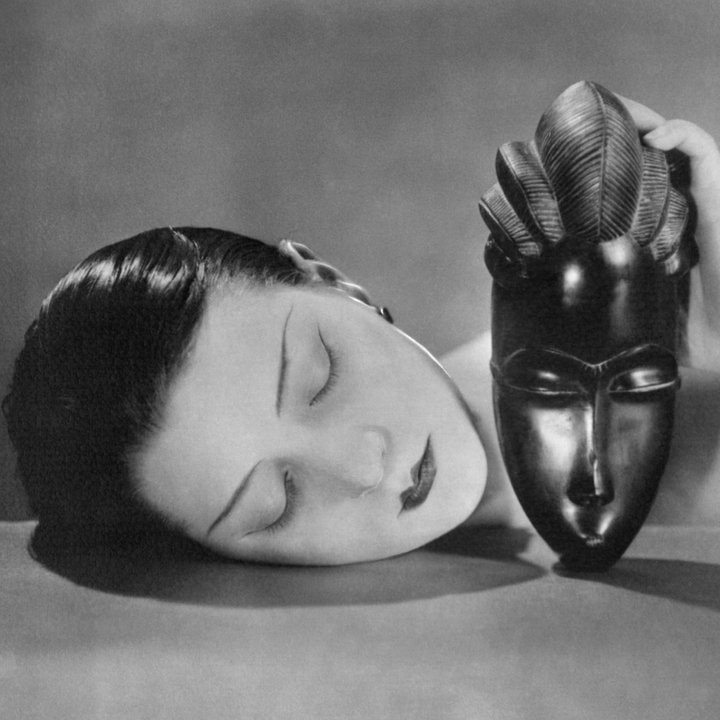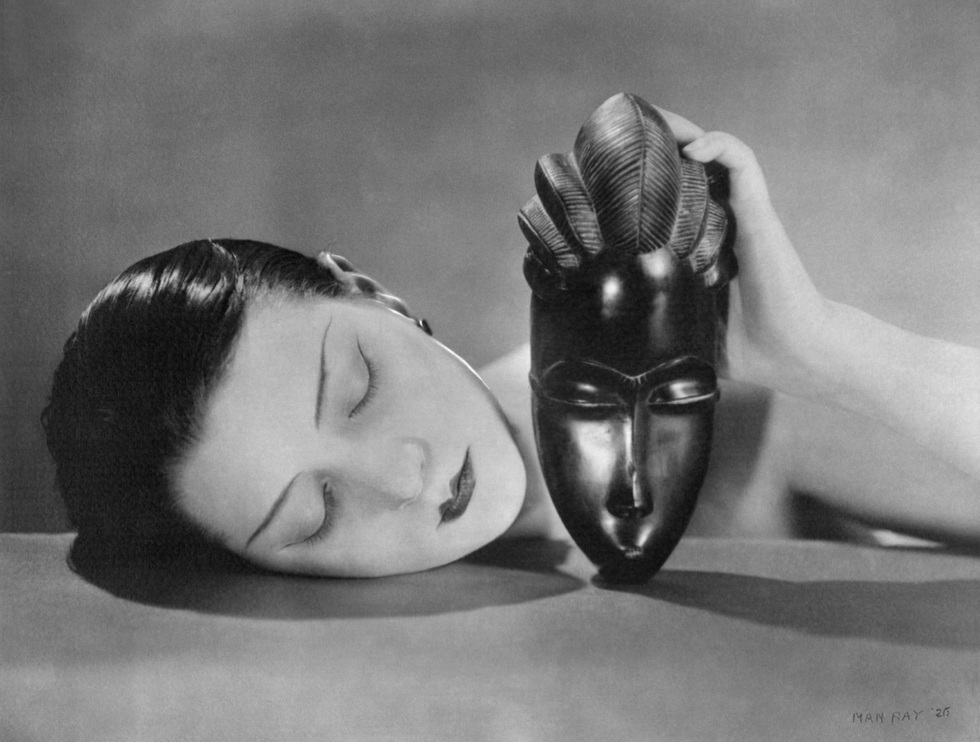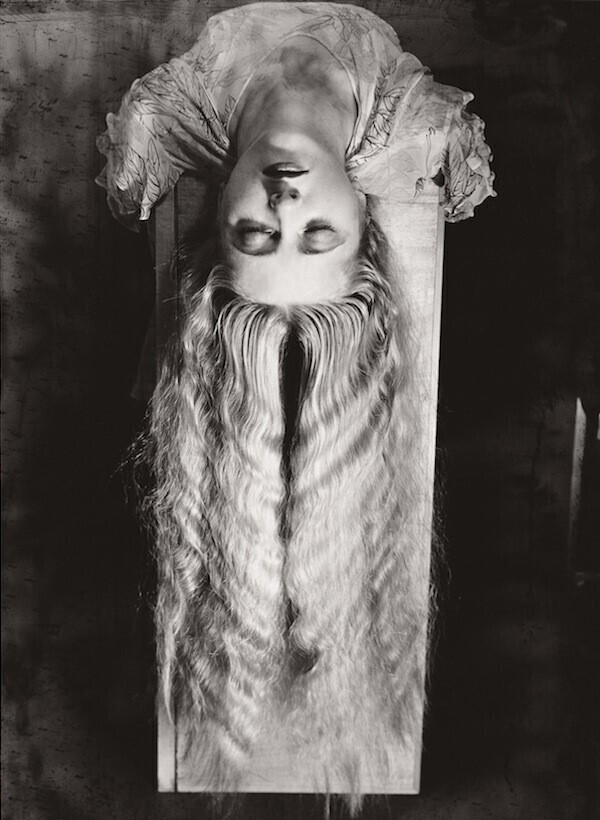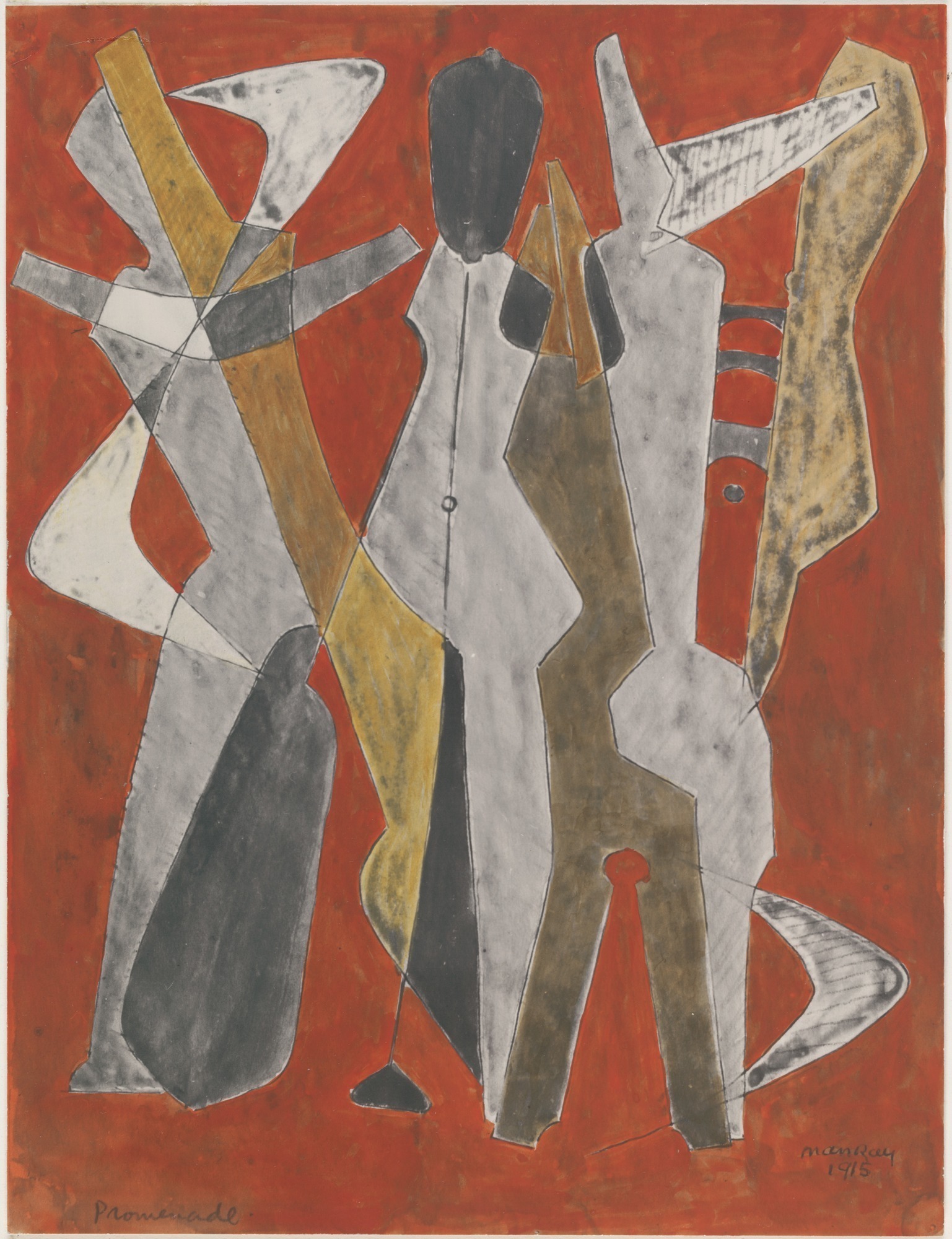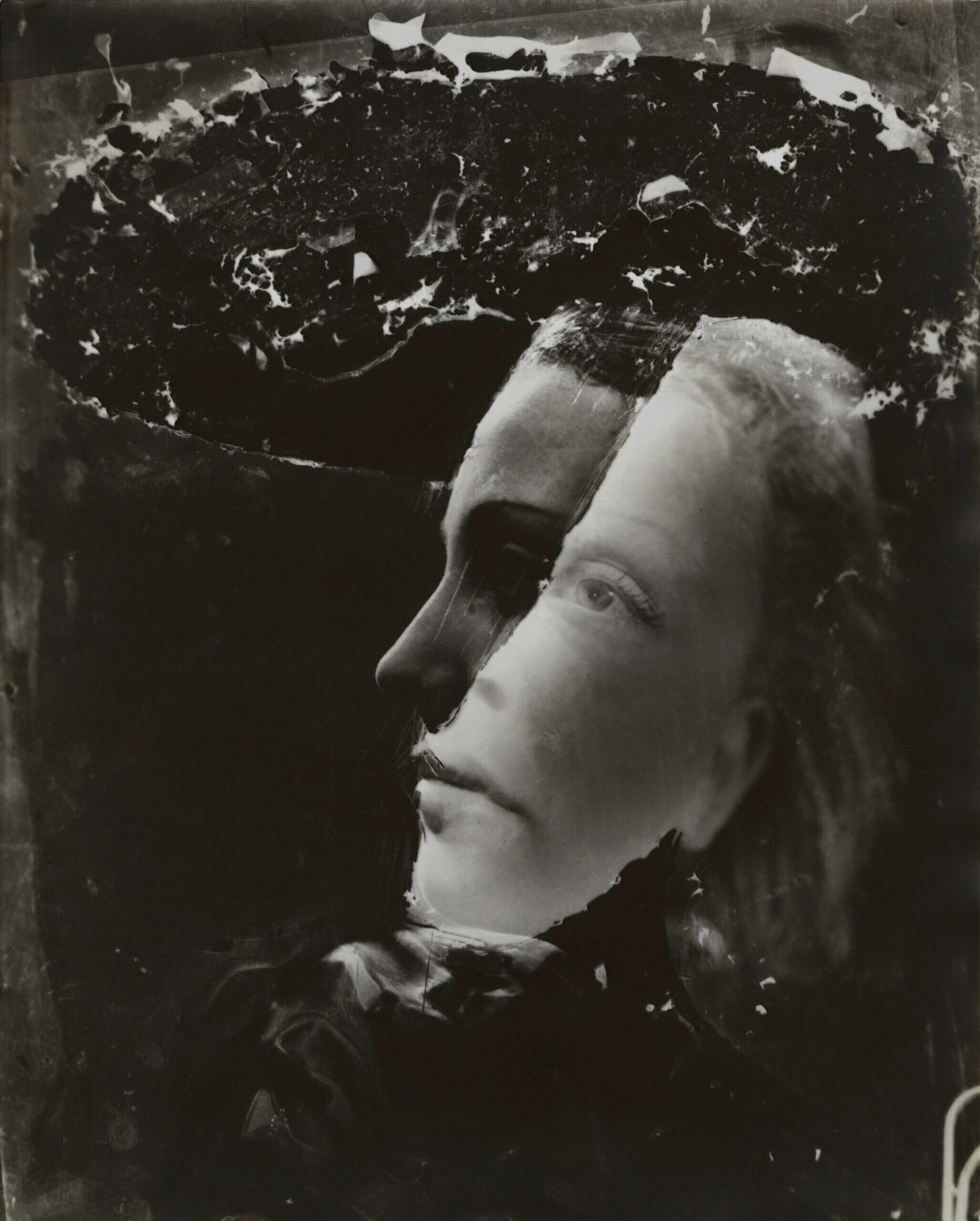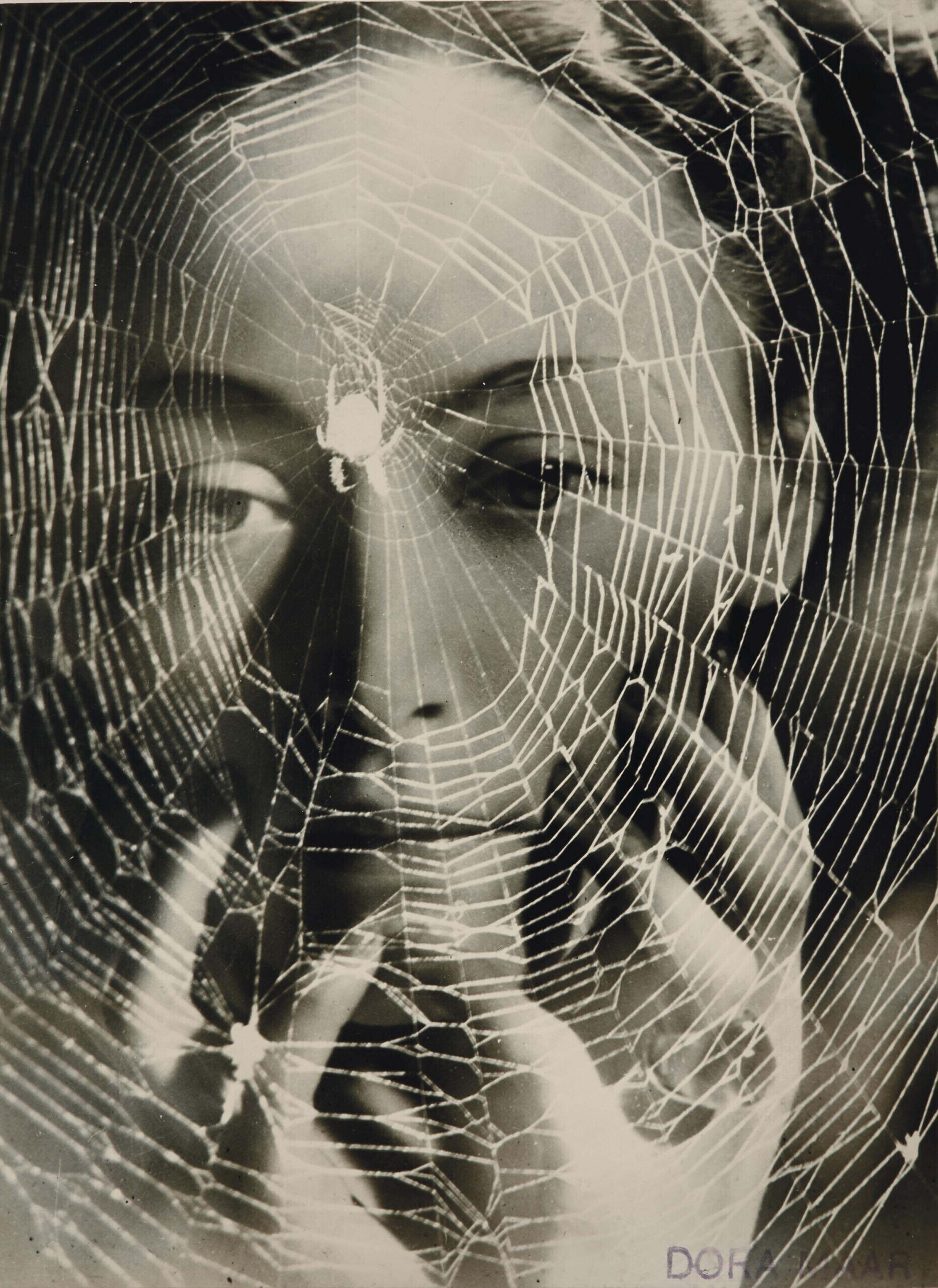Irina Kulik will take a look at the origins of avant-garde photography by pairing Dora Maar and Man Ray in her next lecture.
Man Ray (born Emmanuel Radnitzky, 1890–1976) was an American photographer and painter closely associated with the Dada and surrealism movements who lived and worked in Paris and New York. Like his close friend Marcel Duchamp, he is also known for the experimental and extravagant nature of his art and lifestyle. He is considered the inventor of the technique of photogram prints (which he preferred to call “rayographs”) but was also involved in many other creative activities and worked with a plethora of mediums other than photography, including film, collage, assemblage, readymade, as well as diverse practices that anticipated the performance and conceptual art of later decades.
French artist Dora Maar (Henriette Theodora Markovitch, 1907–1997) spent her childhood in Argentina where her father worked as an architect. Upon her return to Paris in the 1920s, she studied at various art schools and changed her name for the pseudonym. The muse of Pablo Picasso and friend of André Breton, Georges Bataille, Brassaï, Jacques Prévert, and many other notable figures of the modernist era, she is widely acclaimed for her own artistic practice which embraced primarily photography, but also poetry and painting. Influenced by surrealism and other avant-garde movements, she had her first photography exhibition in the 1930s. Maar’s paintings, meanwhile, were rediscovered by experts and shown to the public only after her death.
